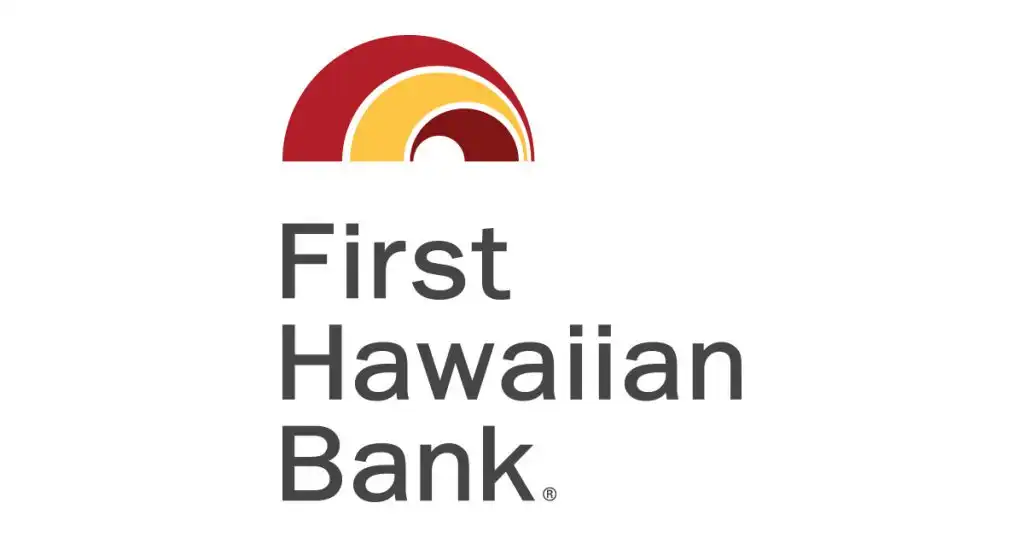UH faculty vote “more support for research” as top priority for next UH president

An electronic poll taken this month by the University of Hawaii Professional Assembly (UHPA) showed that University of Hawaii (UH) faculty believe more support for research to maintain R1 institution status is the top priority for the next president.
“An R1 status is an indication that a university is committed to supporting its faculty,” said Christian Fern, UHPA executive director. “When state funding for the UH decreases, it can put research grants in jeopardy, and other universities may offer faculty more stability, attractive benefits, and a better work environment. When this happens, both the UH and Hawai‘i lose.”
UH Mānoa is one of 146 universities nationwide with an R1 designation – defined by the Carnegie Classification of Institutions of Higher Education as a university that maintains “very high research activity.”
From Feb. 5 to Feb. 13, faculty were asked to rank the top five issues for the next UH president to consider after UH President David Lassner, the UH’s 15th president, retires in December 2024 after leading the UH system for more than a decade. The poll resulted in this ranking:
- More support for research to maintain the UH’s R1 institution status
- Making public higher education more accessible for Hawai‘i high school
graduates - Elevating the prominence of the UH within the state
- Developing an inclusive academic environment
- Creating stronger workforce development alliances to support economic development
Other issues in this poll included:
- Strengthening the role of community colleges within the UH system
- Looking at all of the roles within the UH system holistically, including those who
are not directly involved in classroom teaching but support students in other
ways
After research, the faculty respondents selected “making public higher education more accessible for Hawai‘i school graduates” as their second priority.
According to a report released by the University of Hawai‘i Research Organization last month, tuition within the UH system has become more affordable over the last 10 years when adjusted for inflation. However, the report, “Estimating the Returns to Higher Education Using Administrative Data: A Case Study of the University of Hawai‘i System,” also noted that college enrollment rates among Hawai‘i’s public school graduates have declined since the COVID-19 pandemic, with approximately 500-fewer graduates entering higher education each year.
“These trends are among the concerns of faculty who are on the frontlines at all 10 campuses and see and hear the challenges of students firsthand,” Fern said. “We want to make sure these issues are front and center for the next UH president.”
Following improved access to the UH for public high school students, “elevating the prominence of the UH within the state” ranked third; “developing an indigenous, inclusive academic environment” ranked fourth; and “creating stronger workforce development alliances to support economic development” ranked fifth on the proposed list of priorities for the next UH president.
Based on data collected from the same UH case study from UHERO, a degree from the UH system results in higher wages. This is most evident starting five years after graduation and a positive return is realized about 15 years after graduation.
The UHERO report also noted that a UH degree also increases intergenerational mobility, helping to open the door for those from socioeconomically disadvantaged households to jobs that may have been out of reach for their parents.
“The connection between a degree from the UH and workforce development and securing quality jobs are critical issues for faculty and the next UH president to collaboratively work on together,” Fern said.
Recognizing that the relationship between the UH president and the UH Board of Regents and Hawai‘i State Legislature influence the ability of the UH to fulfill its mission of teaching, research and community service, the poll also asked faculty to assess understanding of the operations of academic institutions of both the Board of Regents and legislators.
The poll results showed more than half of the faculty respondents, or about 57%, believe the UH Board of Regents as a governing body, has a limited understanding of academic institutions; 30% were neutral; and the remaining 13% believe the Board of Regents are well versed or have a good understanding of academic institutions.
When asked about faculty’s perceptions of the Hawai‘i legislators’ understanding specifically of the UH, the scores did not show the faculty’s confidence in them. The poll showed 80.7% believe legislators as a whole have limited knowledge about the UH, and 15.7% were neutral, but only the remaining 3.6% felt legislators have a good understanding of the UH.
The poll also revealed the next UH president should be aware of the legislators’ lack of understanding of the impact of public policies on academic integrity and freedom: 75.9% believe legislators lack this understanding; 15.7% are neutral; and 8.4% believe they have an understanding of public policy decisions on academic integrity and freedom.
The poll also asked for the top three priorities for faculty: academic freedom and tenure ranked first and second; followed by retirement benefits.









